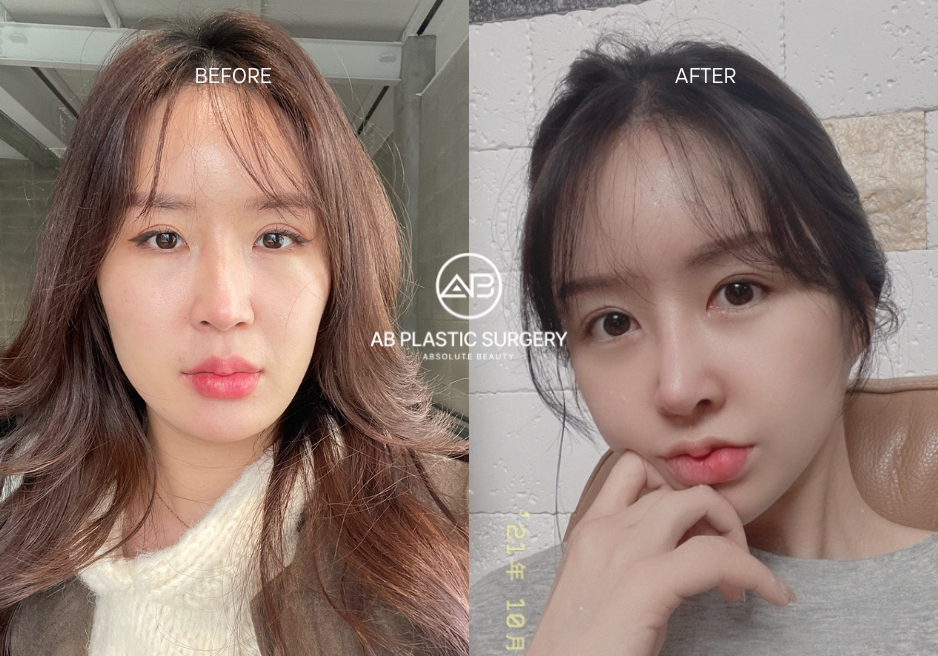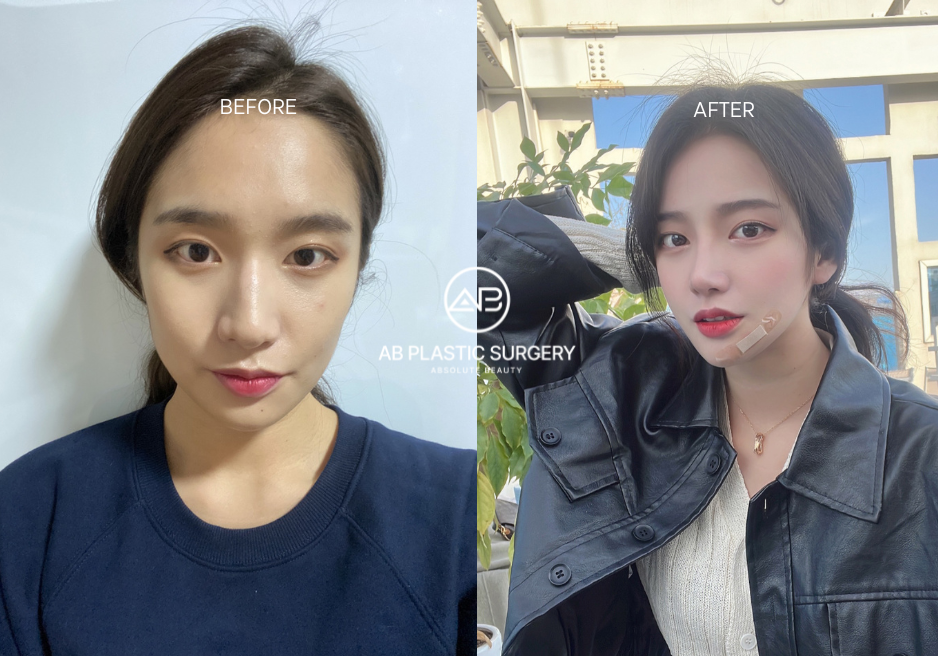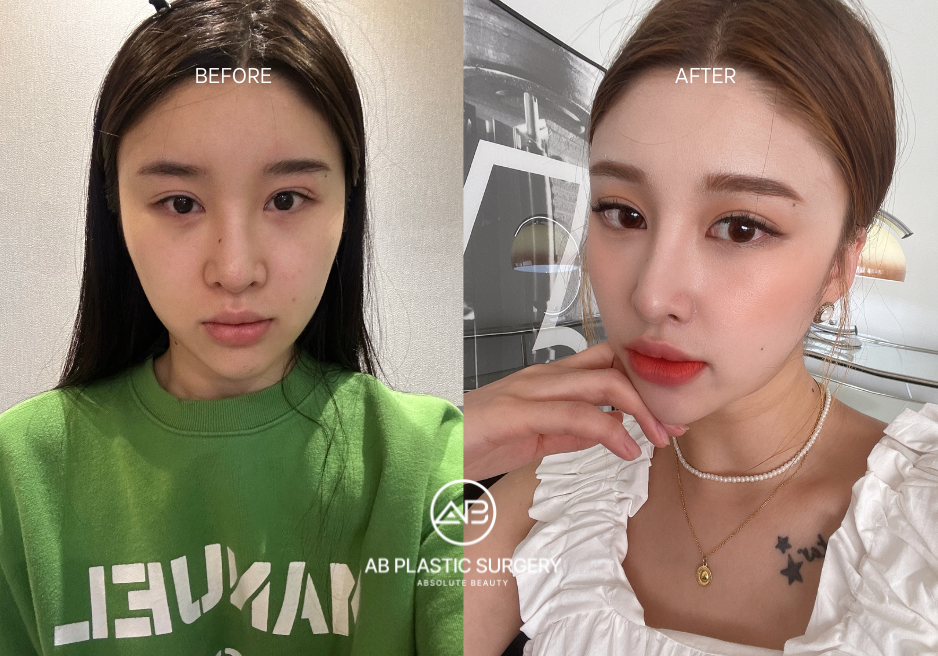Can Double Eyelid Surgery Affect Vision?
Table Of Contents
1. Understanding Double Eyelid Surgery
2. Short-Term Vision Impact
3. Long-Term Vision Impact
4. Ensuring a Safe Double Eyelid Surgery Procedure
Double eyelid surgery, or blepharoplasty, is a popular cosmetic procedure, especially among individuals of Asian descent. It involves creating a crease in the upper eyelid to form a double eyelid, which can enhance the appearance of the eyes by making them look larger and more defined. While the aesthetic benefits of this procedure are well-known, many prospective patients wonder about the potential impact on their vision. In this blog post, we will delve into whether double eyelid surgery can affect vision, examining the procedure, its risks, and what patients can expect during recovery.
Understanding Double Eyelid Surgery
Double eyelid surgery is designed to create a natural-looking crease in the upper eyelid. There are two primary techniques for this procedure: the incisional method and the non-incisional method.
-
Incisional Method: This technique involves making a small incision along the desired crease line, removing excess skin, fat, and sometimes muscle. The crease is then stitched into place.
-
Non-Incisional Method: Also known as the suture method, this technique involves creating the crease by placing sutures through small punctures in the eyelid. This method is less invasive and typically results in a faster recovery time, though it may not be suitable for all patients.
Both techniques aim to enhance the eye's appearance without compromising its function. However, like any surgical procedure, double eyelid surgery carries certain risks, including potential effects on vision.

Short-Term Vision Impact
In general, double eyelid surgery is considered safe, and significant vision impairment is rare. However, there are some factors and risks that could potentially affect vision, either temporarily or, in very rare cases, permanently. Let's explore these risks in detail:
Swelling and Bruising
Swelling and bruising are common after double eyelid surgery. These side effects can cause temporary vision changes, such as blurred vision or difficulty opening the eyes fully. The swelling can lead to a feeling of heaviness in the eyelids, making it harder to see clearly. This is usually temporary and resolves as the swelling subsides.
In order to minimize swelling and bruising apply cold compresses, keep the head elevated, and follow your surgeon's post-operative care instructions.
Dry Eyes
Some patients may experience dry eyes after double eyelid surgery. This occurs because the surgery can temporarily affect the eyelids' ability to close completely, leading to inadequate tear distribution and evaporation of the eye's moisture. Using lubricating eye drops as recommended by your surgeon can alleviate dry eye symptoms. It's also important to avoid environments that can exacerbate dryness, such as air-conditioned rooms or windy areas.
Infection
Infection is a potential risk with any surgical procedure. If an infection occurs around the eyes, it can lead to redness, swelling, pain, and in severe cases, vision problems. Prompt treatment is essential to prevent complications.
Ensuring that your surgeon follows strict sterilization protocols and adhering to post-operative care guidelines can minimize the risk of infection. If you notice signs of infection, such as increased redness, swelling, or discharge, contact your surgeon immediately.

Hematoma Formation
A hematoma is a collection of blood outside of blood vessels, which can occur after surgery. If a hematoma forms around the eyes, it can cause significant swelling and pressure, potentially affecting vision. This condition requires immediate medical attention.
Avoiding medications that increase bleeding risk, such as aspirin and certain supplements, before surgery can help prevent hematoma formation. Your surgeon will provide specific instructions on what to avoid pre-operatively.
Scarring and Adhesions
Improper healing or excessive scarring can affect the natural movement of the eyelids, potentially leading to vision changes. Adhesions (bands of scar tissue) can form and interfere with the normal functioning of the eyelids.
Following your surgeon's post-operative care instructions and attending follow-up appointments are crucial to monitor healing and address any issues promptly. In some cases, additional surgical intervention may be necessary to correct complications.
Long-Term Vision Impact
While the risks mentioned above primarily relate to temporary issues, it is important to consider the potential long-term impact on vision. Significant, long-term vision changes after double eyelid surgery are exceedingly rare. However, there are a few scenarios where vision might be affected:
Ectropion or Entropion
These conditions, where the eyelid turns outward (ectropion) or inward (entropion), can occur if too much skin is removed or if the eyelid heals improperly. These conditions can cause eye irritation, dryness, and vision problems. Corrective surgery may be required to resolve these issues.
Ptosis
In some cases, double eyelid surgery can lead to or exacerbate ptosis, a condition where the upper eyelid droops over the eye, potentially obstructing vision. This can occur if the muscles controlling the eyelid are damaged during surgery. Surgical correction may be necessary to address ptosis.
Optic Nerve Damage
While extremely rare, any surgery around the eyes carries a minimal risk of damage to the optic nerve. This could result in serious vision impairment. Choosing a highly skilled and experienced surgeon can minimize this risk.

Ensuring a Safe Double Eyelid Surgery Procedure
To minimize the risks associated with double eyelid surgery and ensure a positive outcome, consider the following steps:
-
Choose an Experienced Surgeon: Selecting a board-certified plastic surgeon or oculoplastic surgeon with extensive experience in double eyelid surgery is crucial. Look for before-and-after photos of previous patients and read reviews to gauge the surgeon's expertise.
-
Comprehensive Consultation: During your consultation, discuss your medical history, any pre-existing eye conditions, and your aesthetic goals. Your surgeon will evaluate whether you are a suitable candidate for the procedure and explain the potential risks and benefits.
-
Follow Pre- and Post-Operative Instructions: Adhering to your surgeon's instructions before and after surgery is vital for a smooth recovery. This includes avoiding certain medications, following a proper hygiene routine, and attending follow-up appointments.
-
Monitor Your Recovery: Keep a close eye on your healing process and report any unusual symptoms to your surgeon promptly. Early intervention can prevent minor issues from becoming serious complications.
Double eyelid surgery can enhance the appearance of your eyes and boost your confidence. While the procedure is generally safe and vision impairment is rare, it is important to be aware of the potential risks and how to manage them. By choosing a qualified surgeon, following care instructions, and monitoring your recovery, you can minimize complications and achieve the desired results.
If you are considering double eyelid surgery, consult for free with our board-certified surgeons to discuss your options and determine the best approach for your needs.
With proper care and attention from AB Plastic Surgery, you can enjoy the benefits of double eyelid surgery without compromising your vision.






